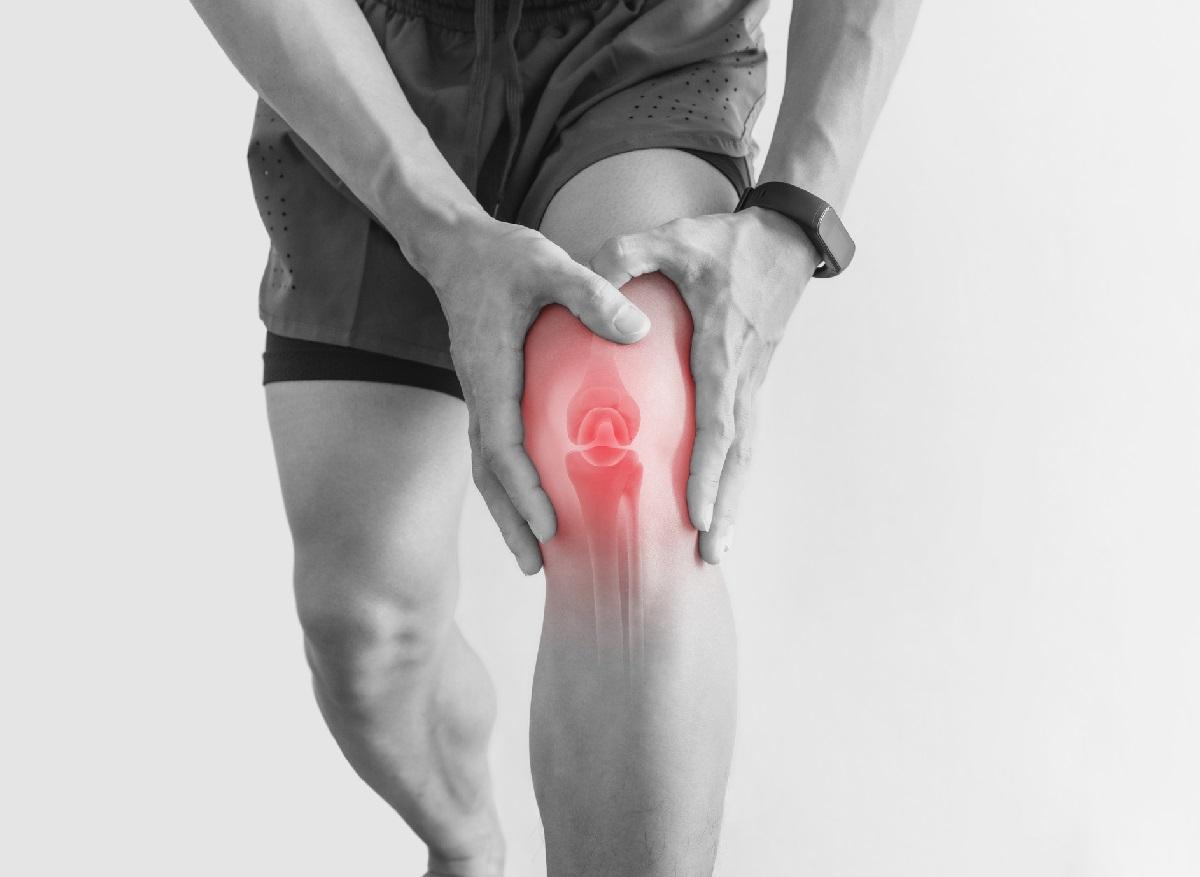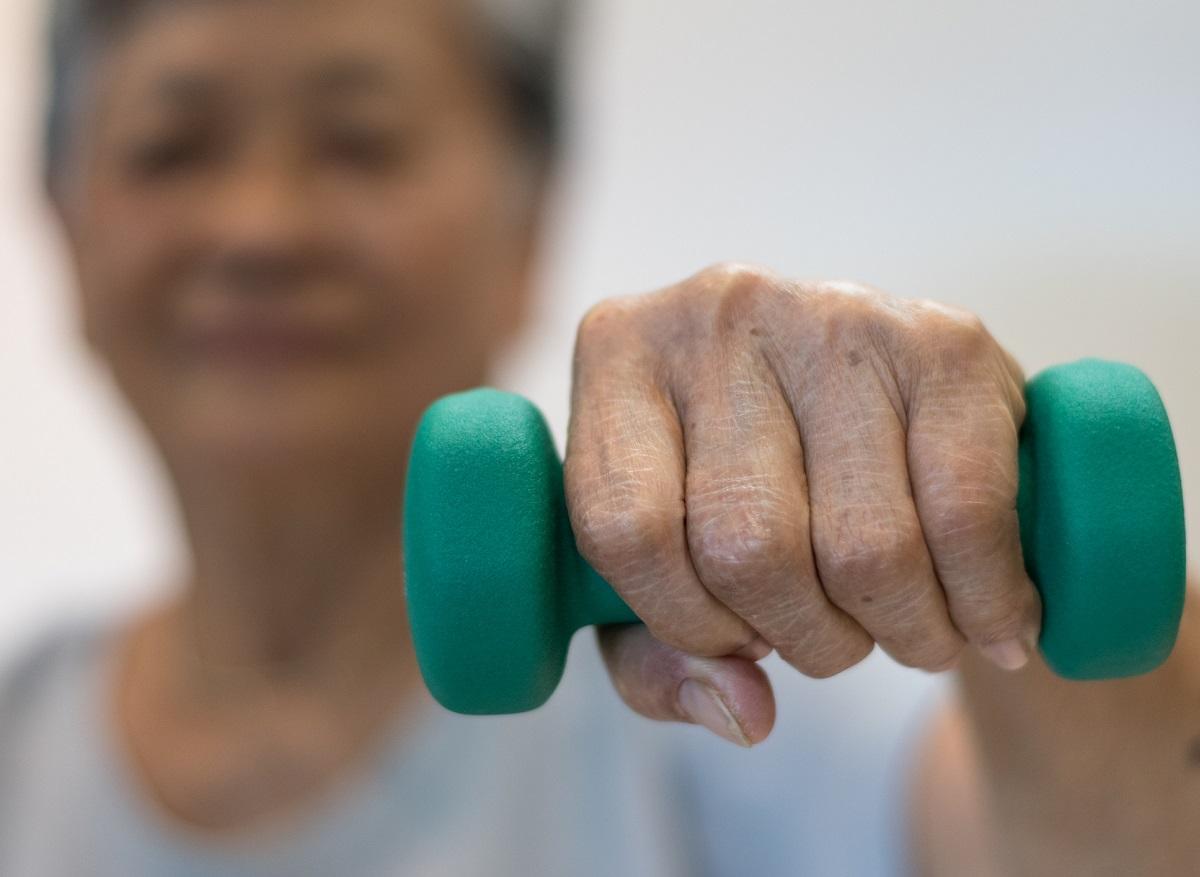Chronic pain is a persistent condition that affects millions of people worldwide. Physical exercise is crucial for the management of chronic pain, offering significant benefits in reducing pain and improving quality of life.

- Physical exercise is crucial for the management of chronic pain, providing significant benefits in reducing pain and improving quality of life.
- Mechanisms include the release of endorphins, reduced inflammation and muscle strengthening.
- A progressive and adapted approach, under medical supervision, is essential to maximize benefits and avoid injuries.
Unlike acute pain, which occurs suddenly in response to an injury or illness and resolves over time, chronic pain typically lasts longer than three to six months. It can be caused by a variety of conditions, such as arthritis, back pain, migraines, fibromyalgia, and neuropathic pain. This constant pain can lead to physical limitations and seriously affect patients’ quality of life.
The Importance of Exercise in Managing Chronic Pain
Exercise is often recommended as an integral part of chronic pain management. It may seem counterintuitive to move more when you’re in pain, but numerous studies have shown that exercise can help reduce pain and improve overall well-being. The benefits of exercise extend beyond just reducing pain: it also improves physical function, mood, and quality of life.
The mechanisms behind this analgesic effect of exercise
Exercise may help relieve chronic pain through several mechanisms:
- Lendorphin release: Physical activity stimulates the release of endorphins, chemicals produced by the brain that act as natural painkillers and improve mood.
- Reduction of inflammation: Regular exercise helps reduce inflammation in the body, which is often an underlying cause of chronic pain.
- Improved traffic flow: Physical activity increases blood flow to muscles and tissues, helping to deliver essential nutrients and remove metabolic waste, which can reduce pain.
- Muscle strengthening: Strengthening the muscles around the affected joints can provide additional support and reduce pressure on these areas, thereby decreasing pain.
- Improved flexibility and mobility: Stretching and mobility exercises improve flexibility, reduce stiffness, and increase range of motion, which can ease pain.
Types of Exercise Recommended for Patients with Chronic Pain
There are several types of exercise that can be beneficial for people with chronic pain. The choice of exercise depends on the patient’s specific condition, physical abilities, and personal preferences. Here are some commonly recommended forms of exercise:
- Low-impact aerobic exercises: Walking, swimming, cycling and water aerobics are all great options. These activities get your heart rate up without putting too much strain on your joints.
- Muscle strengthening: Resistance training with light weights, resistance bands, or bodyweight exercises can help strengthen muscles and joints.
- Stretching and flexibility exercises: Yoga, Pilates and stretching exercises can improve flexibility, reduce stiffness and improve balance.
- Posture and stabilization exercises: Exercises that focus on improving posture and core stabilization, such as tai chi and some physical therapy exercises, can help relieve pain and prevent injury.
Case studies and scientific evidence
Numerous studies have demonstrated the benefits of exercise for chronic pain management. For example, a study published in the Journal of Pain found that fibromyalgia patients who participated in a regular aerobic exercise program reported significant reductions in pain and improvements in physical function.
Another study, published in Arthritis Care & Researchshowed that patients with osteoarthritis who followed a program of muscle strengthening and aerobic exercise experienced reduced pain and improved mobility and quality of life.
The benefits of exercise have also been observed in patients with chronic lower back pain. Research published in The Lancet demonstrated that exercise was more effective than standard treatments such as anti-inflammatory drugs in reducing pain and improving function in these patients.
Precautions and recommendations
Although exercise is beneficial for patients with chronic pain, it is important to take certain precautions to avoid injury and maximize the benefits:
- Consult a healthcare professional: Before beginning an exercise program, it is essential to consult a doctor, physiotherapist or physical therapist. These professionals can assess the patient’s health, identify appropriate exercises and provide instructions on how to perform them correctly.
- Start slowly: It is important to start slowly and gradually increase the intensity and duration of the exercise. Forcing the body can worsen pain and lead to injury.
- Listen to your body: Patients should be aware of their body sensations and avoid exercises that cause severe pain. Mild muscle soreness is normal, but severe or persistent pain should be a warning sign.
- Vary the exercises: Alternating between different types of exercise can prevent monotony, reduce the risk of overworking a specific body part, and provide overall benefits.
Patient Testimonials
Patient testimonials illustrate the positive effects of exercise on chronic pain management. For example, Anne, a fibromyalgia patient, says: “At first, the idea of exercising was daunting because of the constant pain. But with the support of my physiotherapist, I started with gentle walking and stretching. Now, I do yoga three times a week, and my pain has significantly reduced. I feel more energetic and optimistic.”
Similarly, Pierre, who suffers from chronic lower back pain, shares: “After years of suffering and medication, I discovered the benefits of exercise. Core stabilization exercises and muscle strengthening have been life-changing for me. I can now do everyday activities without severe pain.”
Physical exercise plays a crucial role in chronic pain management. In addition to reducing pain, it improves patients’ physical function, mood, and quality of life. The mechanisms behind these benefits include the release of endorphins, reduced inflammation, improved circulation, and muscle strengthening.
It is essential for patients to consult healthcare professionals before starting an exercise program and to follow appropriate recommendations to avoid injuries. With an adapted and progressive approach, exercise can become a valuable ally in the fight against chronic pain, offering a better quality of life and a brighter future.


















